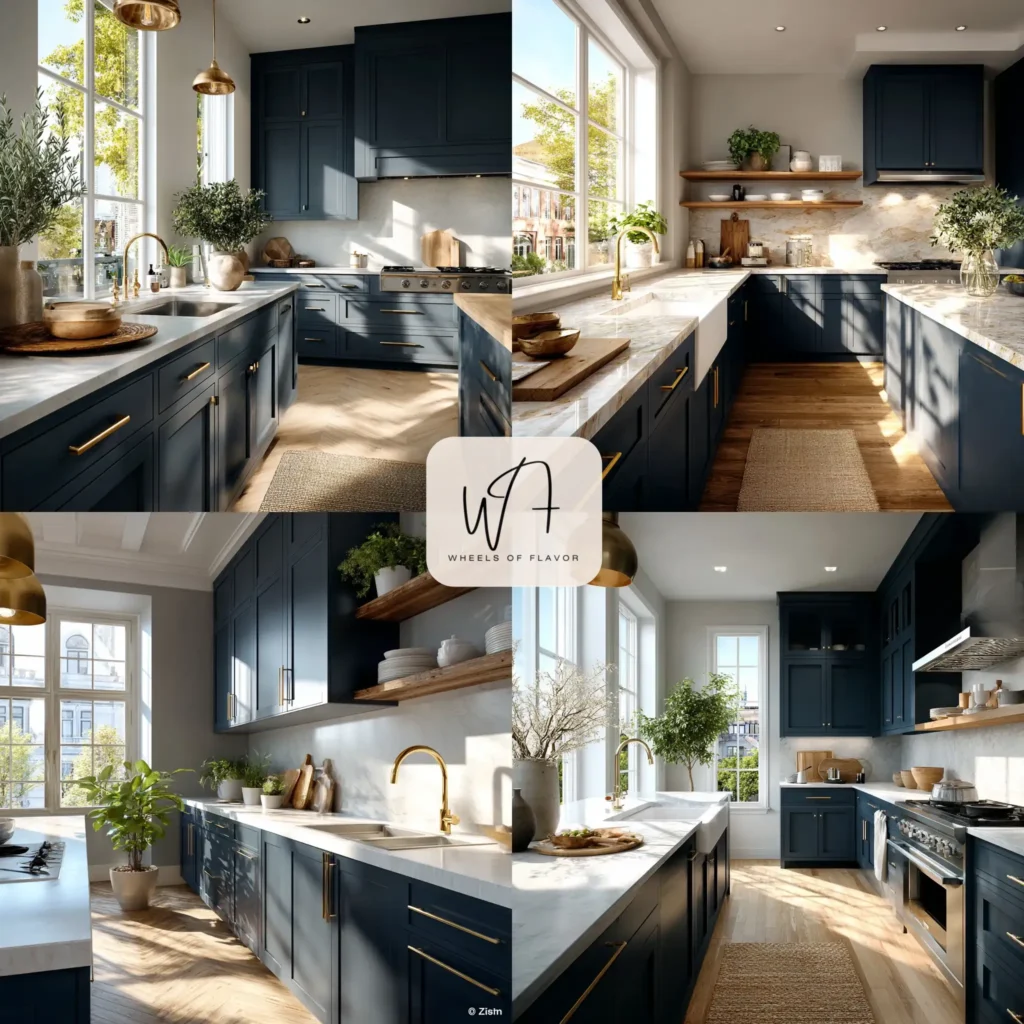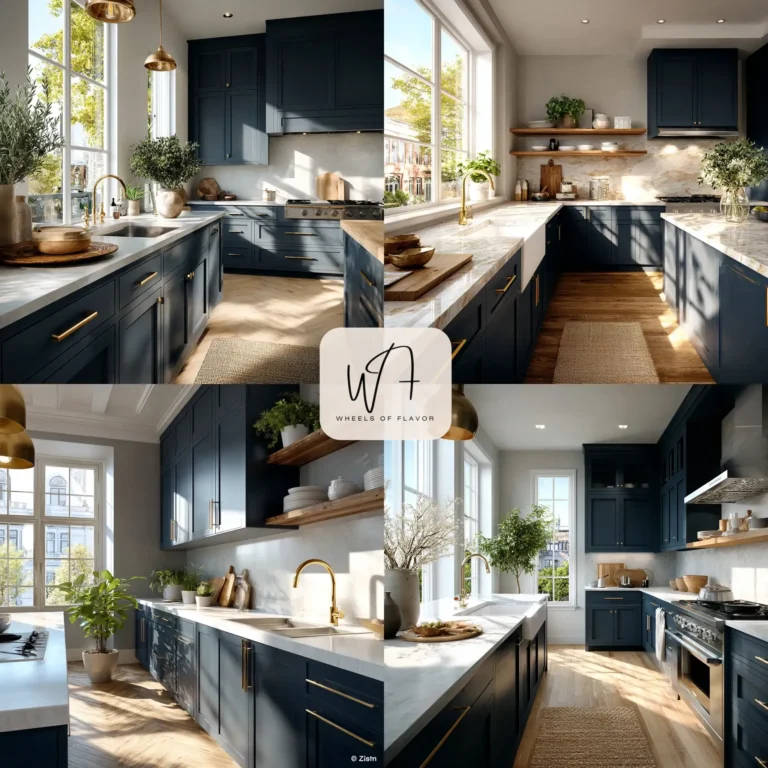Cupboard painting DIY is a fantastic way to refresh your kitchen or bathroom without breaking the bank. Giving your cabinets a fresh coat of paint can dramatically change the look and feel of your space, adding style and personality. Whether you’re aiming for a modern, sleek finish or a cozy, rustic vibe, painting your cupboards yourself is a rewarding project that saves money and lets you unleash your creativity. In this guide, we’ll walk you through 10 essential tips to ensure your cupboard painting DIY project is a stunning success, with practical advice and pro-level insights.
Why Choose Cupboard Painting DIY?
Painting your cupboards is one of the most cost-effective ways to upgrade your home. According to a 2023 report by HomeAdvisor, professional cabinet painting can cost between $1,200 and $7,000, depending on the size of your kitchen. A DIY approach, however, can cut that cost to under $200 for supplies, making it an attractive option for budget-conscious homeowners. Plus, with the right preparation and techniques, your cupboard painting DIY project can yield professional-quality results.
Beyond cost savings, DIY cupboard painting allows you to customize colors and finishes to match your vision. You can explore the latest trends, like bold navy blues or soft sage greens, as seen in our Styles and Trends section. Ready to dive in? Let’s get started with the essentials.
Materials You’ll Need for Cupboard Painting DIY
Before you begin, gather the right tools and materials to ensure a smooth process. Here’s a quick checklist:
- Primer: Use a high-quality, stain-blocking primer for best adhesion.
- Paint: Choose a durable, washable paint like satin or semi-gloss for cupboards.
- Sandpaper: Medium (120-grit) and fine (220-grit) for prep and finishing.
- Paintbrushes and Rollers: Small rollers for flat surfaces, angled brushes for edges.
- Degreaser/Cleaner: To remove grime and grease buildup.
- Painter’s Tape: For clean edges and protecting hardware.
- Drop Cloths: To protect floors and countertops.
- Screwdriver: For removing cabinet hardware.
Pro tip: Investing in quality paint and tools makes a huge difference. For detailed product recommendations, check out this guide on cabinet painting supplies from Bob Vila.
Step-by-Step Guide to Cupboard Painting DIY
Step 1: Plan Your Project
Before you start your cupboard painting DIY project, decide on your color scheme and finish. Browse inspiration on platforms like Pinterest to find trending colors. Consider testing paint samples on a small area to ensure you love the look. Also, measure your cupboard surfaces to estimate how much paint and primer you’ll need—typically, a gallon of paint covers about 350 square feet.
Step 2: Remove Hardware and Doors
Remove all cabinet doors, drawers, and hardware (knobs, hinges, etc.) using a screwdriver. Label each piece with painter’s tape to make reassembly easier. This step ensures you can paint every surface evenly without obstructions.
Step 3: Clean and Degrease
Grease and grime can ruin your paint job, so clean your cupboards thoroughly. Use a degreaser or a mix of warm water and dish soap. Wipe down all surfaces and let them dry completely. This step is critical for ensuring paint adheres properly.
Step 4: Sand the Surfaces
Lightly sand your cupboards with 120-grit sandpaper to remove old finishes and create a smooth base. For a polished look, follow up with 220-grit sandpaper. Wipe away dust with a tack cloth or damp rag to prepare for priming.
Step 5: Apply Primer
Priming is a non-negotiable step in cupboard painting DIY. A good primer seals the wood, prevents stains from bleeding through, and helps paint adhere better. Apply a thin, even coat using a brush for edges and a roller for flat surfaces. Let it dry fully (check the primer’s label for drying times).

Step 6: Paint Your Cupboards
Now for the fun part—painting! Apply your chosen paint color in thin, even coats. Use a small roller for large surfaces and a brush for corners and edges. Two to three coats are usually needed for full coverage. Allow each coat to dry completely (typically 4-6 hours) before applying the next.
Step 7: Reassemble and Admire
Once the paint is fully cured (which can take up to a week for some paints), reattach doors, drawers, and hardware. Step back and admire your transformed space! Your cupboard painting DIY project is now complete, and your kitchen looks brand new.
Top Tips for a Professional Finish
- Work in a Well-Ventilated Area: Paint fumes can be strong, so open windows or use a fan.
- Use High-Quality Brushes: Avoid streaks by investing in good brushes and rollers.
- Don’t Skip Sanding: It ensures a smooth, long-lasting finish.
- Apply Thin Coats: Thick layers lead to drips and uneven textures.
- Protect Your Space: Use drop cloths and painter’s tape to keep your kitchen clean.
- Check Drying Times: Rushing between coats can ruin your hard work.
- Consider a Topcoat: A clear polyurethane topcoat adds durability for high-traffic kitchens.
- Test Your Technique: Practice on a piece of cardboard if you’re new to painting.
- Clean as You Go: Keep your workspace tidy to avoid accidents.
- Stay Patient: A great finish takes time, so don’t rush the process.
Common Mistakes to Avoid in Cupboard Painting DIY
Even seasoned DIYers can make mistakes. Here are pitfalls to watch out for:
- Skipping Prep Work: Failing to clean or sand properly leads to peeling paint.
- Using Cheap Paint: Low-quality paint fades or chips faster.
- Ignoring Primer: Without primer, your paint may not stick or cover well.
- Rushing Drying Times: Wet paint can smudge or attract dust if not fully dry.
For more insights on avoiding common painting mistakes, check out this expert guide from Family Handyman.
Choosing the Right Paint Colors for Your Cupboards
Color choice can make or break your cupboard painting DIY project. Neutral tones like white, gray, or beige are timeless and versatile, while bold hues like emerald green or charcoal add drama. For inspiration, explore our Styles and Trends page to see what’s hot in home design. Pro tip: Darker colors work best in larger, well-lit kitchens, while lighter shades brighten smaller spaces.
Maintaining Your Newly Painted Cupboards
To keep your cupboards looking fresh, clean them regularly with a damp cloth and mild detergent. Avoid harsh chemicals that can damage the paint. Touch up any chips or scratches promptly to prevent further damage. With proper care, your cupboard painting DIY results can last for years.
FAQs About Cupboard Painting DIY
Q: How long does a cupboard painting DIY project take?
A: Depending on the size of your kitchen, expect 2-4 days for prep, painting, and drying. Larger projects may take a week.
Q: Can I paint over stained or varnished cabinets?
A: Yes, but you must sand and prime thoroughly to ensure adhesion.
Q: What’s the best paint for cupboard painting DIY?
A: Satin or semi-gloss paints are ideal for durability and easy cleaning.
Q: Do I need to remove cabinet doors for painting?
A: Yes, removing doors ensures even coverage and prevents drips.
Q: How much does cupboard painting DIY cost?
A: Typically $100-$200 for supplies, depending on paint quality and kitchen size.
By following these tips and steps, your cupboard painting DIY project will not only save you money but also give your home a fresh, personalized look. Happy painting!

